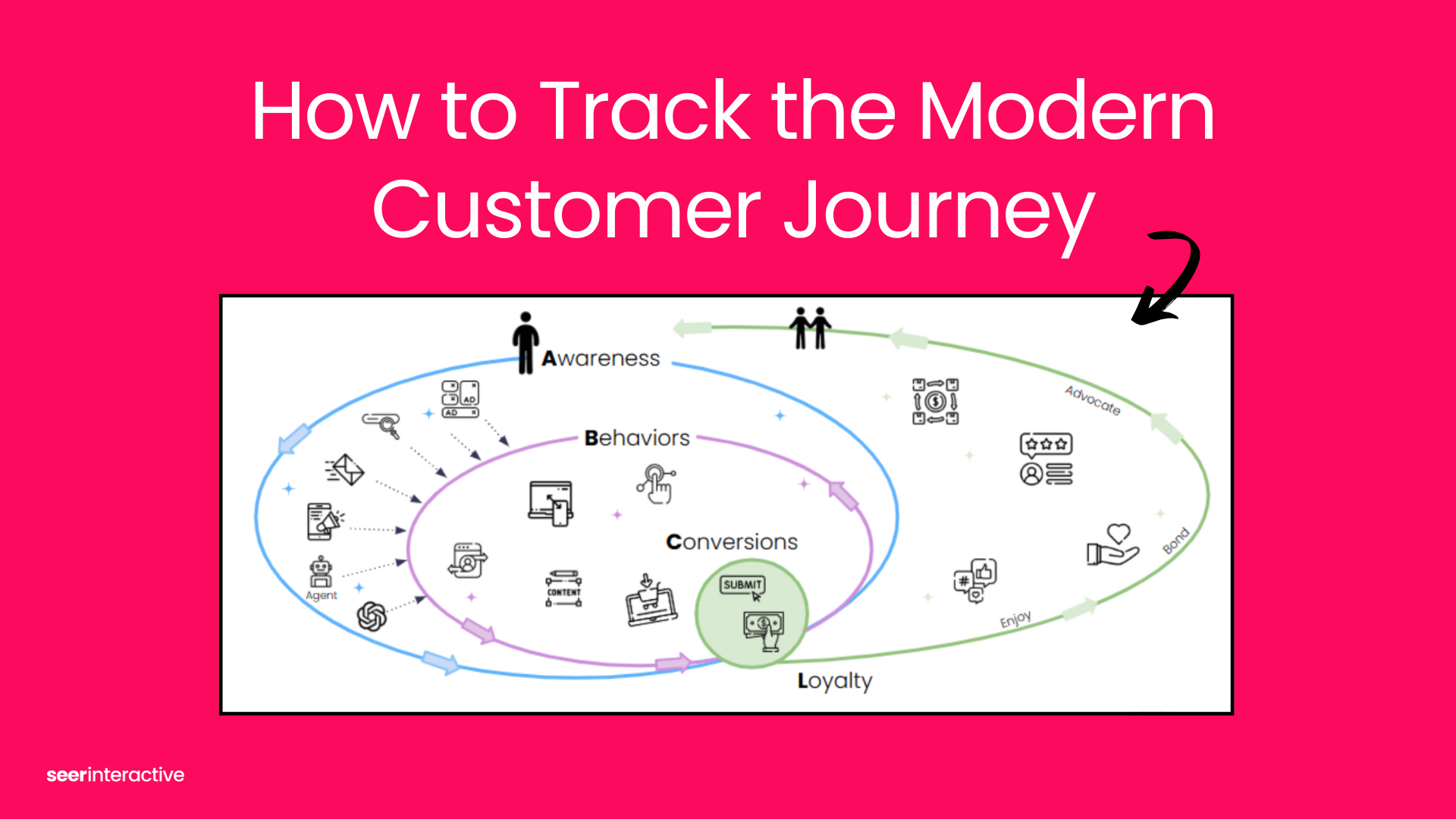How to Influence Action In Your Presentations with Strong Storytelling
How many boring, confusing or un-compelling presentations have you seen in your career? I would bet at least a few. In fact, I’d bet that at least 50% of the time, a presentation you give or sit through is lacking in bravado.
I can already hear you saying “ok sure, but how can an earnings report be compelling?” Well, I bet you think it’s at least a little possible if you’re reading this article, and I bet that by the end of this post, you’ll see exactly how it can be done.
Let’s dive into the key ingredients that can transform your presentations into captivating narratives.
The Elements of Storytelling for a Narrative
Let’s face it, storytelling is hard. A lot of people want to master it, but it can feel unteachable. I’m not going to sit here and tell you I’ve figured out the secret sauce to *finally* teach it, but I will share with you how breaking down the narrative has helped me unlock my inner storyteller.
In almost every instance, the elements of a good narrative are exactly the same:
- Where are we today (and sometimes, how did we get there)?
- Where do we want to be?
- What is the challenge we must solve/overcome?
- What are the data points and insights that give us a way to overcome?
- What is the idea that unlocks our solution? And, how do we get there?
Let me break this down with a real-life example. In this scenario, let’s say you are pitching a new idea to your boss that is going to make your sales team more efficient but your solution is going to cost money. Ultimately, you want your boss to understand why the solution is important and how investing in your idea is going to favor the company in the long run.
- Where are we today? First, show the current/actual sales KPIs year-to-date
- Where do we want to be? Then, show sales KPI goals for the year and the percent to goal
- What is the challenge we must solve/overcome? We are underperforming our sales goals for the year by x% and we haven’t seen this slow of a pace to meet goals in over 2 years. So, the challenge we must solve is increasing our sales KPIs.
- What are the data points and insights that give us a way to overcome? In interviews with our sales team, we uncovered that they are spending 3 hours/day re-inputting lead information into the CRM that had already been captured in website forms (this is our data point!). If we want the sales team to have more time to sell, then we need to give them time back to their day (this is our insight!)
- What is the idea that unlocks our solution? If we invest $x in an API that connects our website forms to our CRM it would decrease the sales team's time of inputting data from 3 hours/day to 1 hour/day. Getting this time back would allow the salesperson to call x more leads. If our current close rate is x% that is an additional $x in potential revenue per month.
By following these key elements of storytelling, you can effectively structure your narrative and unlock your inner storyteller. While there may not be a single secret sauce to mastering storytelling, breaking down the narrative into these components has proven invaluable in my own journey.
Now that you’ve got the basic structure in place, let’s explore some other insights that will help influence action in your presentations.
[TIP] Utilize a whiteboard, post-it notes, or the Grid view in your slide building tool to visualize the outline of your narrative. This is the best way to test the coherence, tightness, and logic of your story.
Every Presentation Should Have A Problem to Solve
Narrative demands jeopardy and emotion. Think about any movie you watch or book you read, the challenge is what compels you to pay attention. This means that a compelling presentation should have a problem to solve or a challenge to overcome. Even if your earnings report is overwhelmingly positive, there are still challenges to tackle—whether that be economic forecasts, a new competitor in the market, or simply how to keep the trajectory of positive results.
And, while data and insights are crucial, emotions play a significant role in capturing (and retaining) your audience's attention. Incorporating emotional elements into your story can create a stronger connection with your audience and increase the likelihood of inspiring action.
Consider using personal anecdotes or relatable examples that evoke emotions such as empathy, excitement, or curiosity. By appealing to your audience's emotions, you can make your presentation more memorable and impactful.
The Importance of Data & Visuals in Your Story
Data can be the hero or the annoying sidekick of your presentation. It can either muddy the waters or make things clearer. When used without context, it can confuse or overwhelm your audience, but when used to supplement the point you want to make, it can be very powerful. But the truth is, without data to back up what you’re saying, then you don’t have a strong point to make or a compelling story to tell.
Data can be more than just quantitative metrics like revenue, traffic, or conversions. Data can be qualitative like customer interviews, market research, or industry trends. Before I even start the outline for my presentation I think, “What do I want my audience to do at the end of this and what data or research will prove my action to be correct?”
Let’s also not forget when you’re including data that visuals become a vital part of conveying your message so it doesn’t get lost or confusing. Instead of relying solely on text and bullet points, you should be incorporating clear, readable visuals that support your story. Utilize graphs, charts and images that will resonate and reinforce the key points of your narrative. Visuals not only aid comprehension but also add an aesthetic appeal to your presentation, making it more engaging and memorable.
It’s important to note that most people aren’t compelled to act by a “gut instinct,” they want to feel confident in making or agreeing to a decision. So, how you add that confidence is by backing up your recommendations with research and/or data.
[TIP] Interested to know more about how to use data visualization to drive narrative? Check out this blog from my colleagues.
The Art of Influencing Action
We’ve talked about how to structure your narrative, pull your audience in emotionally and captivate them with visual data and insights…so what’s left? Now, it's time to seal the deal by crafting an irresistible call to action that motivates your audience to take the desired next step.
Whether it's implementing a new strategy, adopting a solution, or supporting an initiative, ensuring your call to action is concise, actionable, and aligned with the goals of your presentation is critical. Here are a few tips:
- Be clear & specific: clearly articulate what you want your audience to do and provide specific instructions
- Create a sense of urgency: encourage your audience to act promptly by emphasizing time-sensitive benefits or limited availability
- Use persuasive language: choose strong action verbs that create a sense of momentum and enthusiasm
A compelling call to action is the final push that guides your audience towards the desired outcome. And when you can master the art of influencing action, it becomes impossible for your audience to resist.
Let’s Wrap This Up
Remember, storytelling is about more than entertainment; it's about influencing action and making a lasting impact. Use what you’ve learned in this post to craft narratives that captivate and inspire.
Now, it’s your turn to put these storytelling techniques into practice. Visualize your narrative, solve a problem, evoke emotions, back your story with data and visuals, and create a clear and persuasive call to action. Armed with these skills, your next presentation will tell a story that your audience won't forget.
Want to explore data storytelling with the Seer team? Let’s chat!
Want more posts like this? Subscribe to the Seer Newsletter:



